Introduction: A Hidden Wonder in the Andes
For centuries, the legendary city of the Incas remained hidden among the clouds, lost to time and memory. High in the Andes Mountains, Machu Picchu stood untouched, a forgotten relic of a once-great civilization. How had it remained undiscovered for so long, and what secrets did it hold?
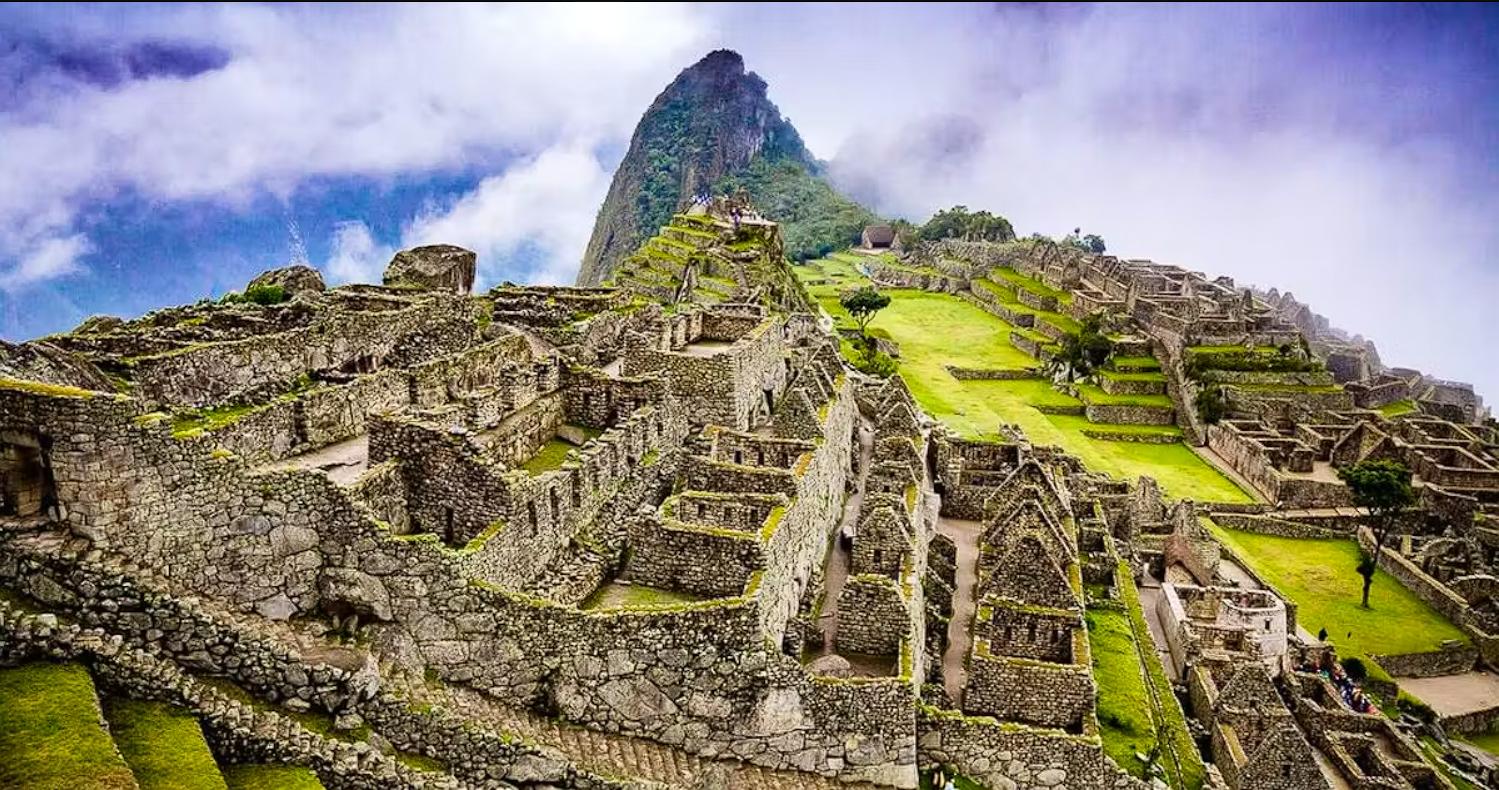
The Rediscovery of Machu Picchu
The Journey of Hiram Bingham
In 1911, American explorer Hiram Bingham set out on an expedition through Peru, searching for the last refuge of the Incas. Guided by local farmers, he climbed a steep ridge and emerged onto a breathtaking sight—stone terraces, temples, and palaces covered in dense vegetation. He had stumbled upon one of the greatest archaeological finds of the 20th century.
A City Preserved by Time
Unlike many ancient cities, Machu Picchu had been largely untouched by Spanish conquistadors. Its remote location, high in the mountains, helped it remain hidden for centuries. The structures, pathways, and agricultural terraces were remarkably well-preserved, offering an extraordinary glimpse into the Inca way of life.
Was Machu Picchu Ever Truly Lost?
Some historians argue that Machu Picchu was never entirely lost. Local indigenous people were aware of its existence long before Bingham’s arrival. However, it was his expedition that brought international attention to the site, leading to extensive studies and excavations.
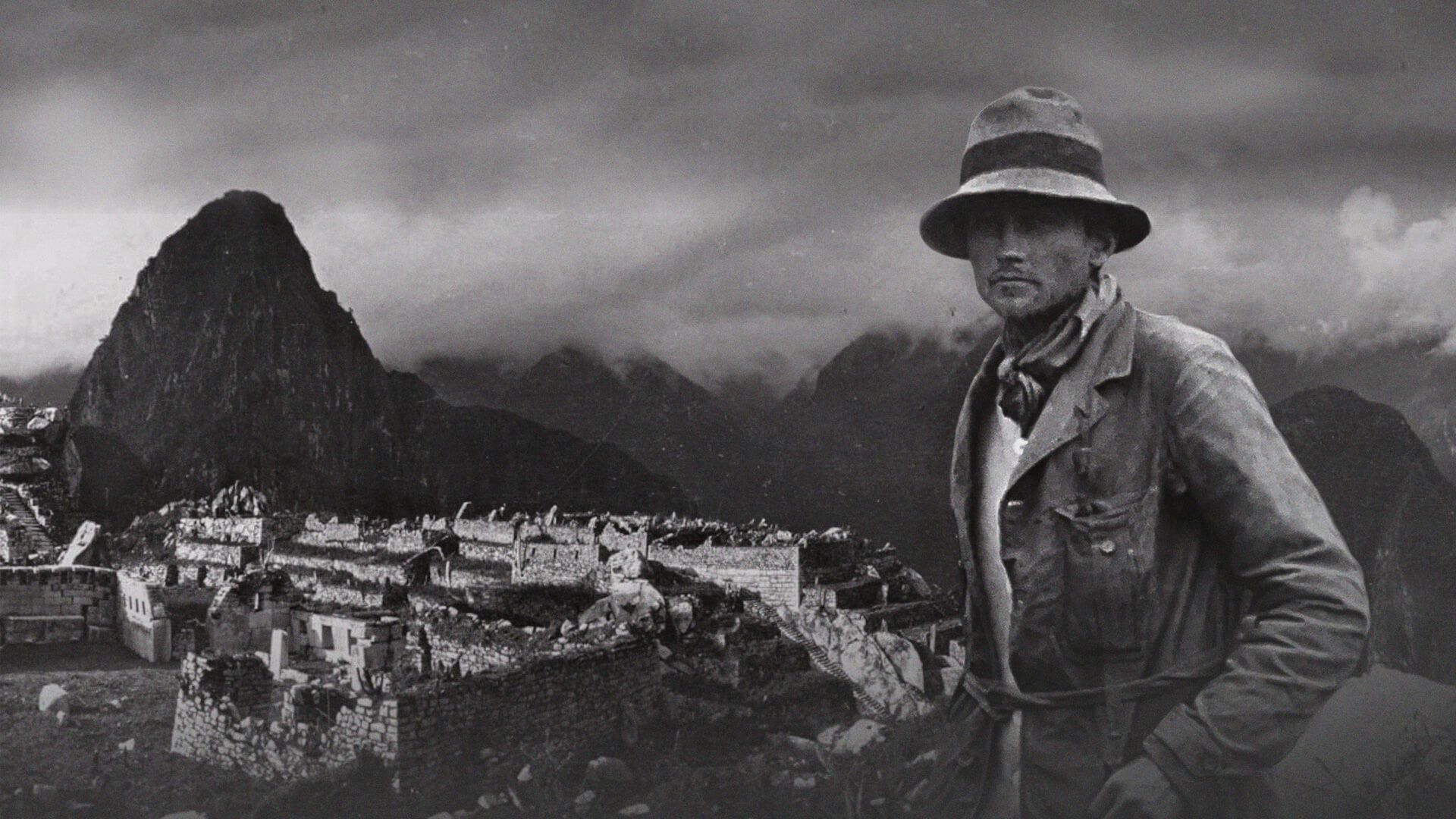
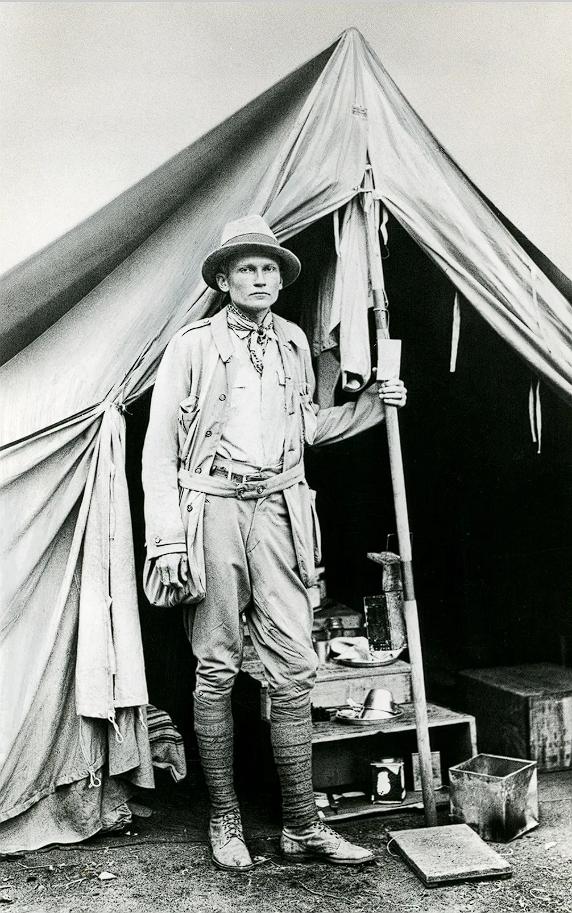
The Architectural Genius of the Incas
Precision Stonework
Machu Picchu’s construction showcases the Incas’ advanced engineering skills. The stones were cut and fitted together with such precision that no mortar was needed. This technique allowed the structures to withstand earthquakes and the passage of time.
Alignment with the Cosmos
Many of Machu Picchu’s buildings align with celestial events. The Intihuatana stone, believed to be an astronomical clock or calendar, demonstrates the Incas’ deep understanding of the cosmos. The city’s layout reflects their connection with the stars and nature.
An Advanced Drainage System
Despite being built on a steep mountain ridge, Machu Picchu features a sophisticated drainage system. The Incas designed terraces and channels to manage heavy rainfall, preventing erosion and ensuring the city’s longevity.
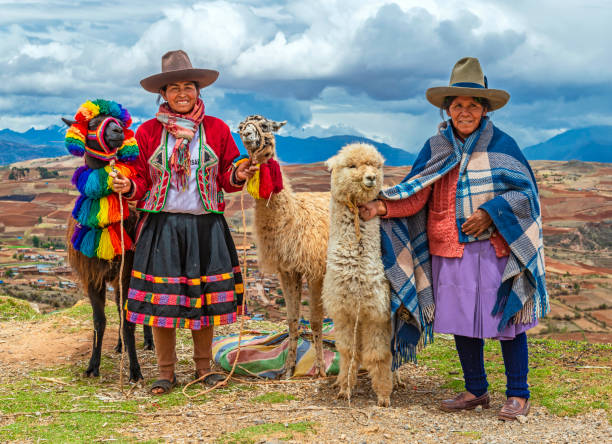
The Purpose of Machu Picchu
A Royal Estate?
Some researchers believe Machu Picchu was a royal estate built for Emperor Pachacuti. Its luxurious structures, stunning location, and limited accessibility suggest it was a retreat for Inca nobility.
A Sacred Religious Site?
Others argue that Machu Picchu served a spiritual purpose. The presence of temples, ritual baths, and sacred stones indicates that it may have been a ceremonial center dedicated to the gods.
A Strategic Fortress?
Another theory suggests that Machu Picchu was a military outpost, designed to control access to the Sacred Valley. Its location provided a strategic advantage, allowing the Incas to monitor movements and protect their empire.
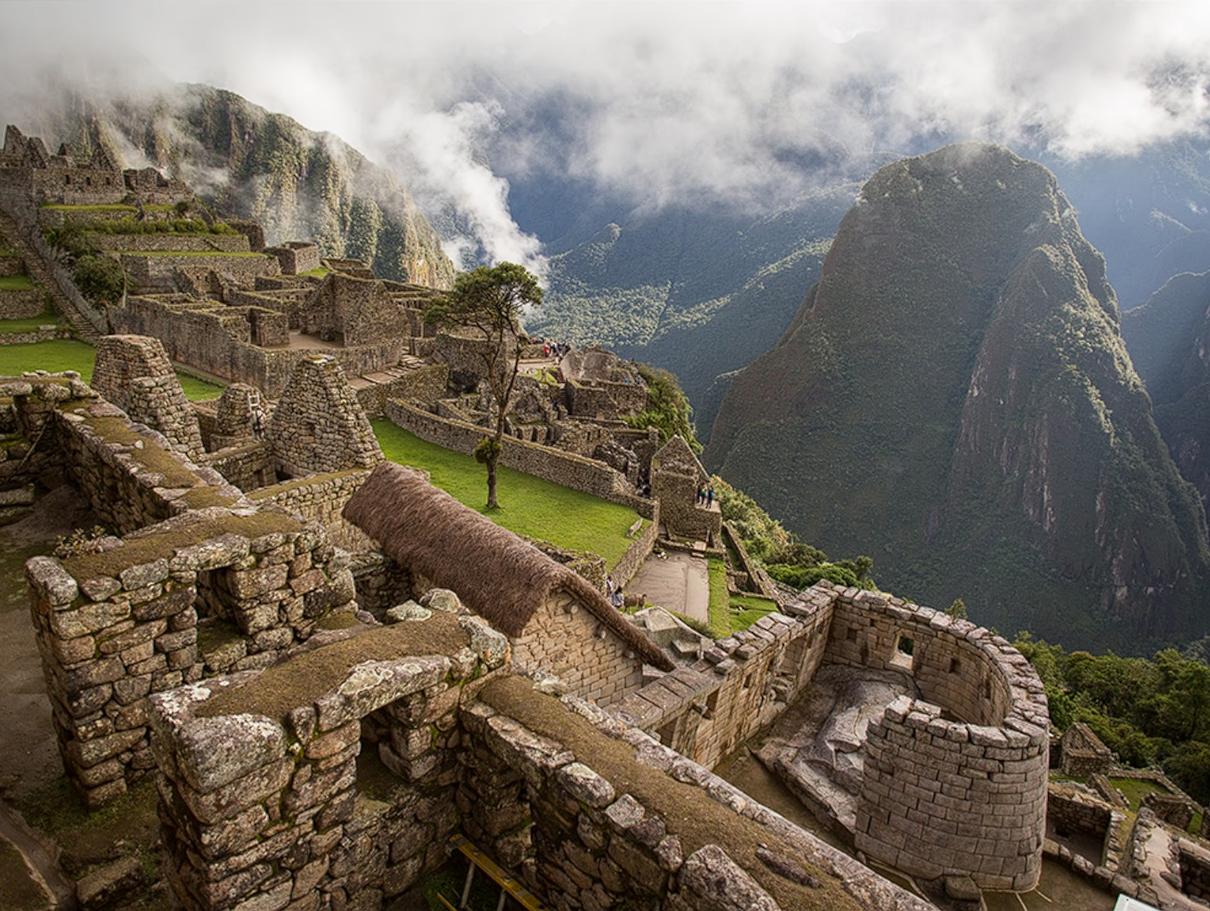
The Mysteries That Remain
What Lies Beneath?
Despite extensive research, many areas of Machu Picchu remain unexplored. Some believe hidden chambers or tombs could still be uncovered, revealing more about Inca rulers and their civilization.
The True Function of the City
Debates continue regarding Machu Picchu’s primary purpose. Was it a combination of all the proposed theories, or did it serve a role yet to be understood?
Other Lost Cities in the Andes
Machu Picchu’s discovery raises the question—what other wonders remain hidden in the mountains and jungles of South America? Could there be more lost cities, waiting for the right moment to be uncovered?
Conclusion: A Legacy of the Inca Empire
Machu Picchu remains one of the world’s greatest archaeological treasures. It provides invaluable insights into the Inca Empire’s ingenuity, spirituality, and resilience. As research continues, new discoveries may further unravel the mysteries of this remarkable city, ensuring its legacy endures for generations to come.

CÁC TIN KHÁC
Mary Walton: The Forgotten Inventor Who Helped Clean Up America’s Cities
Tomb of Queen Nefertari in the Valley of the Queens, Egypt
Discover the Hypostyle Hall of the Temple of Hathor at Dendera
Venus de Losange: Unveiling the Mystery of a 20,000-Year-Old Paleolithic Icon